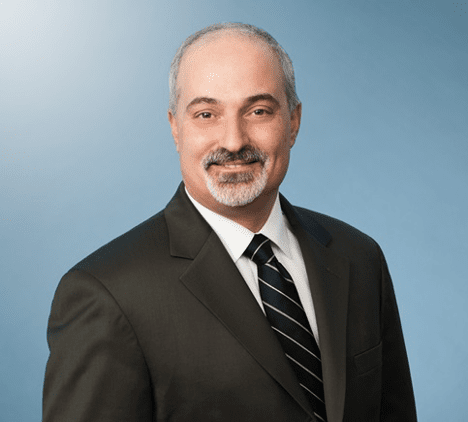News
 Trendlines in Dental Plan Reimbursement
Trendlines in Dental Plan Reimbursement
By Mike Adelberg, NADP Executive Director
January 31, 2024
Since joining NADP as its Executive Director 14 months ago, I’ve heard from external sources at least 14 times that dental plan reimbursement is flat. But I have not seen data to support this assertion.
I asked several NADP member plans if it is true that dental plan reimbursement is flat and was consistently told that reimbursement is rising, but more for some services than for others—and perhaps not as fast as some dentists would prefer. Their recommendations brought me to Fluent (formerly P&R Dental Strategies), which has commercially insured (no Medicaid) dental claims data derived from over 70 dental plans covering more than 110 million insured Americans.
Working from data and analysis provided courtesy of Fluent, I offer some facts about dental plan reimbursement.
Between 2019 and 2022, total fees rose 17 percent inclusive of increased rates, utilization, and a rising number of patients. Some of this was owing to suppressed utilization during the COVID public health emergency, but not all of it. The average undiscounted price per treatment rose from $161 to $176 during these years, and because of an increase in the number of procedures-per-patient (from 3.09 to 3.17), the average undiscounted costs per patient rose from $496 to $558—a 12.5 percent increase. In the first half of 2023, in-network price-per-treatment rose 2.0 percent vs. 2022. Based on the first two quarters of 2023, utilization rose 4.5 percent, and the number of people receiving services is up 4.3 percent.
In the same quarters of 2022 and 2023, restorative services (among the more expensive services) remained relatively unchanged (27.9 percent to 28.3 percent of submitted dollars). Reimbursement for crowns has been the subject of considerable discussion in the oral health community. In-network reimbursement for crowns was relatively flat from 2020-2022—the allowed cost for a single restoration rose from $680 to $685, but it rose considerably in 2023 to $739—the average contracted fee is up $52 (15 percent).
Seniors (65+) are one of the drivers of the upward trend, as more seniors enroll in Medicare Advantage plans with dental coverage. Seniors utilize roughly the same number of services as younger people, but they receive a more expensive mix of services. Using 2022 data, the average submitted cost of a service for a senior is $205 vs. $172 for a younger person. Seniors are more likely than younger people to require implants, crowns, and oral surgery.
We all want to be paid appropriately for the good work we perform. Dentists perform good and important work. I am not in the position to speak to how every plan reimburses for every procedure code; I am sure there are cases where reimbursement from certain plans for certain codes has remained flat. However, when looking at national trends—broadly reflective of industry practice—the provider reimbursement story is pretty good. More people are receiving services (something both dentists and dental plans want) and, overall, reimbursement rates are most definitely rising.
NADP remains very interested in promoting best practices with respect to reimbursement and exploring reimbursement reforms that align the financial incentives of dental plans and network dentists.




